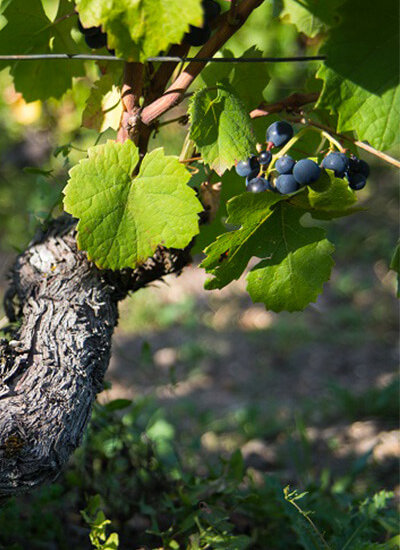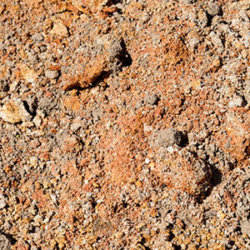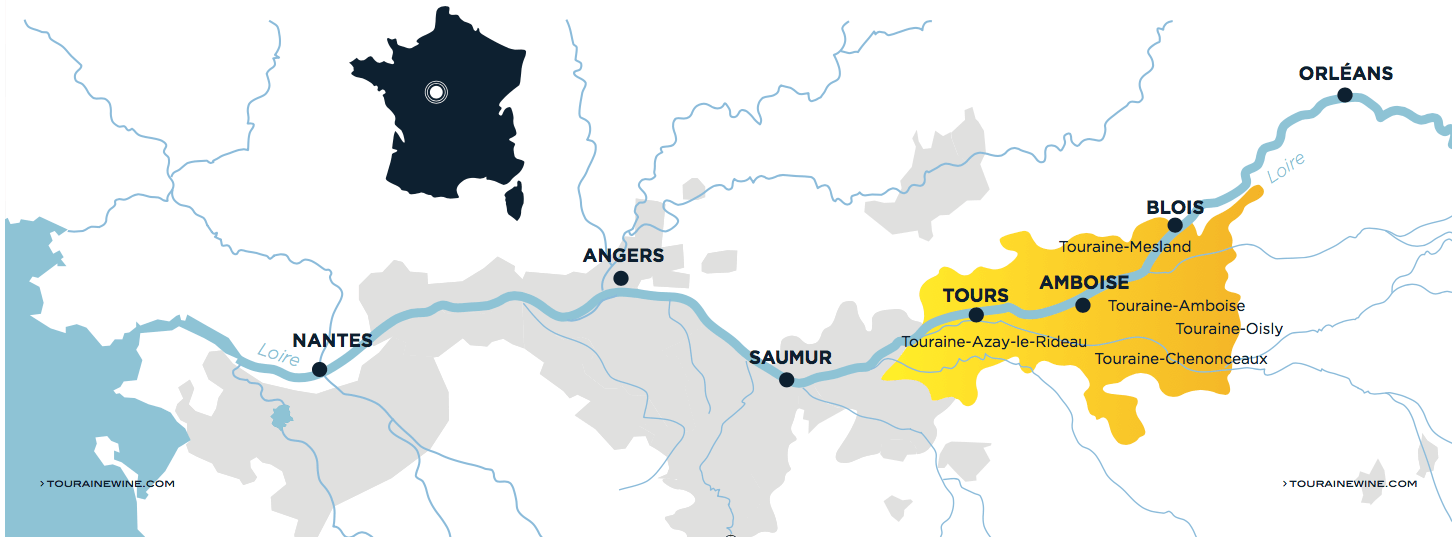History, geography and terroir
AN ANCESTRAL TERROIR
Even though the “Coteaux de Touraine” appellation appeared in 1939, the traces of the very first vines in the Loire Valley go back several centuries. The vine was an integral part of the Touraine identity as proven by the remains of an old press dating from the 12th century found at Cheillé close to Azay-le-Rideau.
The AOP Touraine geographical area grew little by little, thanks to the inclusion of parcels with potential for making good quality wine. The AOP “Coteaux de Touraine” was recognized in 1939.
The AOP “Touraine” was adopted for good in 1953, with the possibility of adding on the “Azay -le-Rideau” denomination for a small part of the Indre valley.
The geographical denominations “Amboise” and “Mesland” appeared in 1955. In these two areas, the vine planting has remained traditional, in particular with the chenin grape variety.
In 2011, the geographical denominations “Chenonceaux” and “Oisly” were a reward for the quality of the work done by the winemakers in the Cher valley and in Sologne, since the end of the 1970’s. In the Cher valley, they planted côt and sauvignon on the parcels of the first “slopes”, while in Sologne they planted sauvignon grapes on the parcels with sandy soil. In the same year, the AOP Touraine area was changed, the new profile is the one we can see today.
In 2019, the AOP Touraine will celebrate 80 years of existence.

THE AOP TOURAINE AREA
Straddling the Indre-et-Loire and Loir-et-Cher departments, the AOP Touraine geographical area covers more than 6 300 hectares, spreading out over 143 towns.
Situated in the south west of the Parisian basin, the vine growing area is a slightly rolling plateau with a maximum altitude of 120 meters.
Between Sologne and Anjou, from east to west, and between the Cher and the Loire, from south to north, this vast stretch of land corresponds to the convergence area of the Cher, Indre and Vienne towards the Loire.
Over a distance of one hundred kilometers, the vines grow peacefully along the valleys with the exception of the Sologne vineyards, to the east, where the vines grow on a plateau, between the Cher and the Loire.
THE SOILS
Given its span, the geographical area of the AOP Touraine includes a variety of different soils and terroirs, as a result the wines produced have specific hues:
- The « bournaisperrucheux »: clay with flint soils, mixed with miocene sands
- The « perruches »: flinty clay soils
- The « aubuis »: clayey-limestone soils, stony, calcareous derivatives. These soils are warm and permeable, they lie on the first slopes or “côtes” (hills) in the valleys.
- The « graviers »: or gravel, the soil of the valleys, lying on terraces made from old alluvial sediment.

THE CLIMATE
The AOP Touraine enjoys an oceanic climate whose influence diminishes as you go towards the east, once you reach the Tours meridian, there is a much wider temperature variation between day and night.
Annual rainfall of approximately 550 millimeters (22 inches) in the west, can reach up to 650 millimeters (26 inches) in the east.


